Email is a fundamental communication tool in both personal and professional contexts. It has revolutionized the way we interact and connect with people, regardless of distance or time. However, with the proliferation of emails, it’s easy for important messages to get lost or misinterpreted. To ensure your email communication is effective, it’s essential to follow some best practices. Here are some tips for effective email communication:
Be Clear and Concise
Make sure your message is easy to read and understand. Use simple language and avoid long paragraphs. Use bullet points or numbering to organize your message if necessary. Get to the point quickly and avoid beating around the bush.

Use a Clear Subject Line
Your subject line should reflect the main purpose of your email. It should be concise and descriptive enough to catch the recipient’s attention. Avoid using vague or generic subject lines that do not provide any context or meaning.
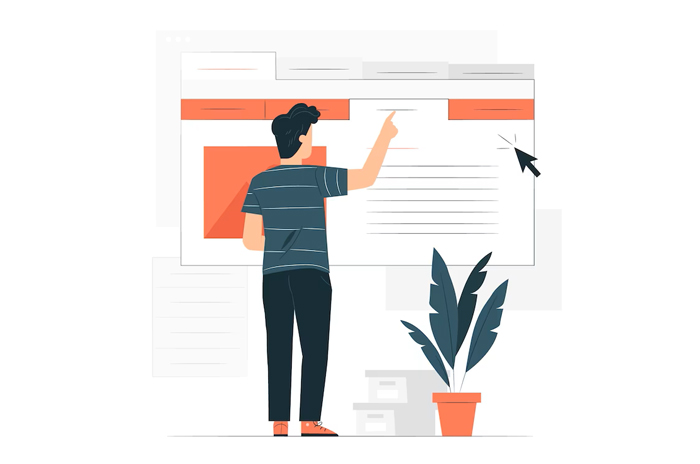
Choose Your Words Carefully
Always choose your words carefully, particularly when you’re sending a message to someone you don’t know well or in a professional context. Avoid using slang or casual language, and use appropriate greetings and sign-offs. Always proofread your message before sending it to avoid errors.

Avoid Emoticons and Abbreviations
Emoticons and abbreviations are often used in informal communication. However, they can be perceived as unprofessional in some contexts. If you’re not sure about the recipient’s preferences, it’s best to avoid them altogether.
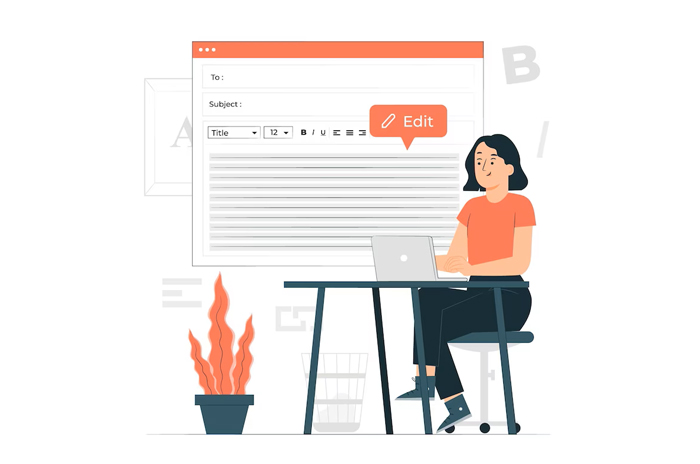
Respect the Recipient’s Time
Always respect the recipient’s time by keeping your message concise and relevant. Avoid sending lengthy emails that require a lot of time and effort to read and respond to. Also, avoid sending unnecessary follow-up emails.
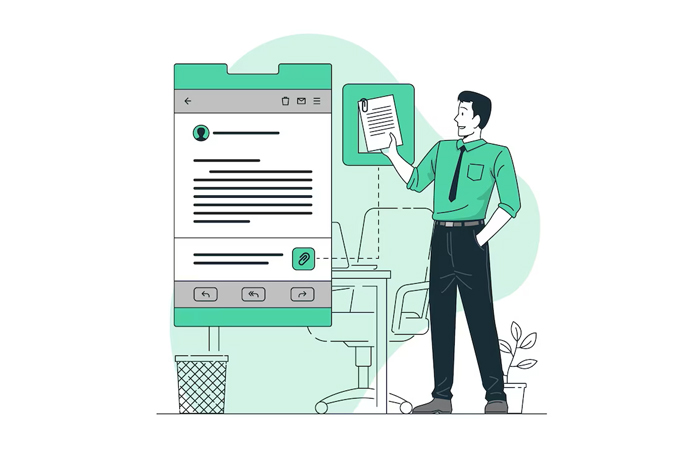
Use Proper Formatting
Proper formatting can make your email more professional and easy to read. Use a readable font and keep your font size between 10 and 12. Use proper spacing and avoid using all caps, bold, or underline excessively. Use white space to make your message more visually appealing.
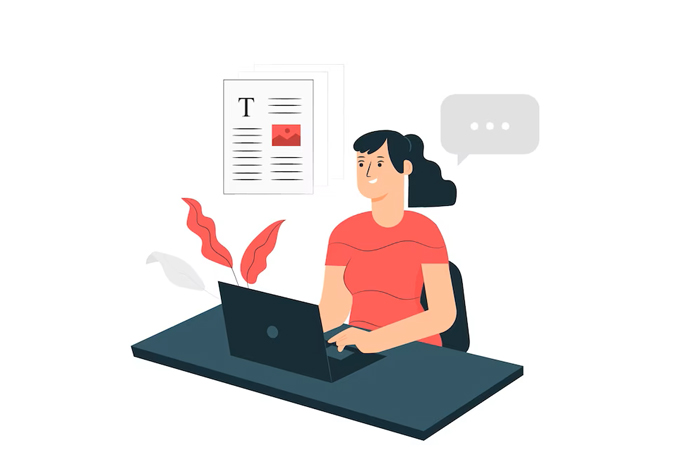
Respond Promptly
Respond to emails promptly, especially in a professional context. Responding promptly shows that you’re organized, respectful, and care about the recipient’s time. If you’re unable to respond right away, acknowledge the email and let the recipient know when they can expect a response.

Use Attachments Sparingly
Avoid sending large attachments, as they can slow down the recipient’s email and take up valuable space. If you need to send an attachment, make sure it’s relevant and essential to the message. Consider using a file-sharing service or cloud storage to share large files.
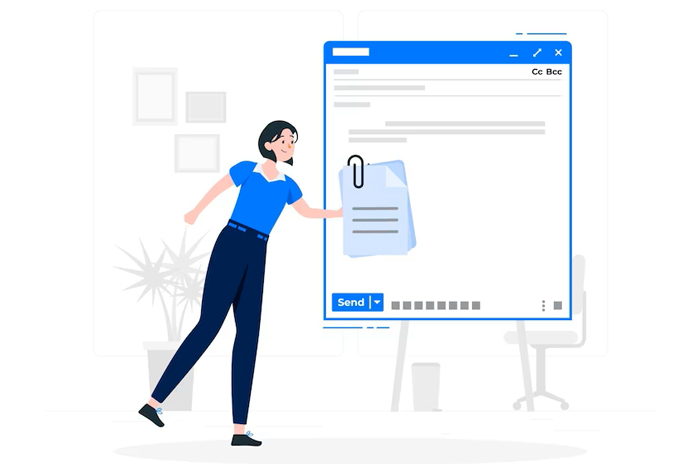
In conclusion, effective email communication requires clear and concise messaging, a clear subject line, careful word choice, proper formatting, and timely responses. By following these best practices, you can improve your email communication and ensure that your messages are received and understood as intended.









